The Flag Tower is one of the precious architectural structures remaining in the Hanoi Citadel area that fortunately escaped destruction by the French colonialists during the years 1894-1897.
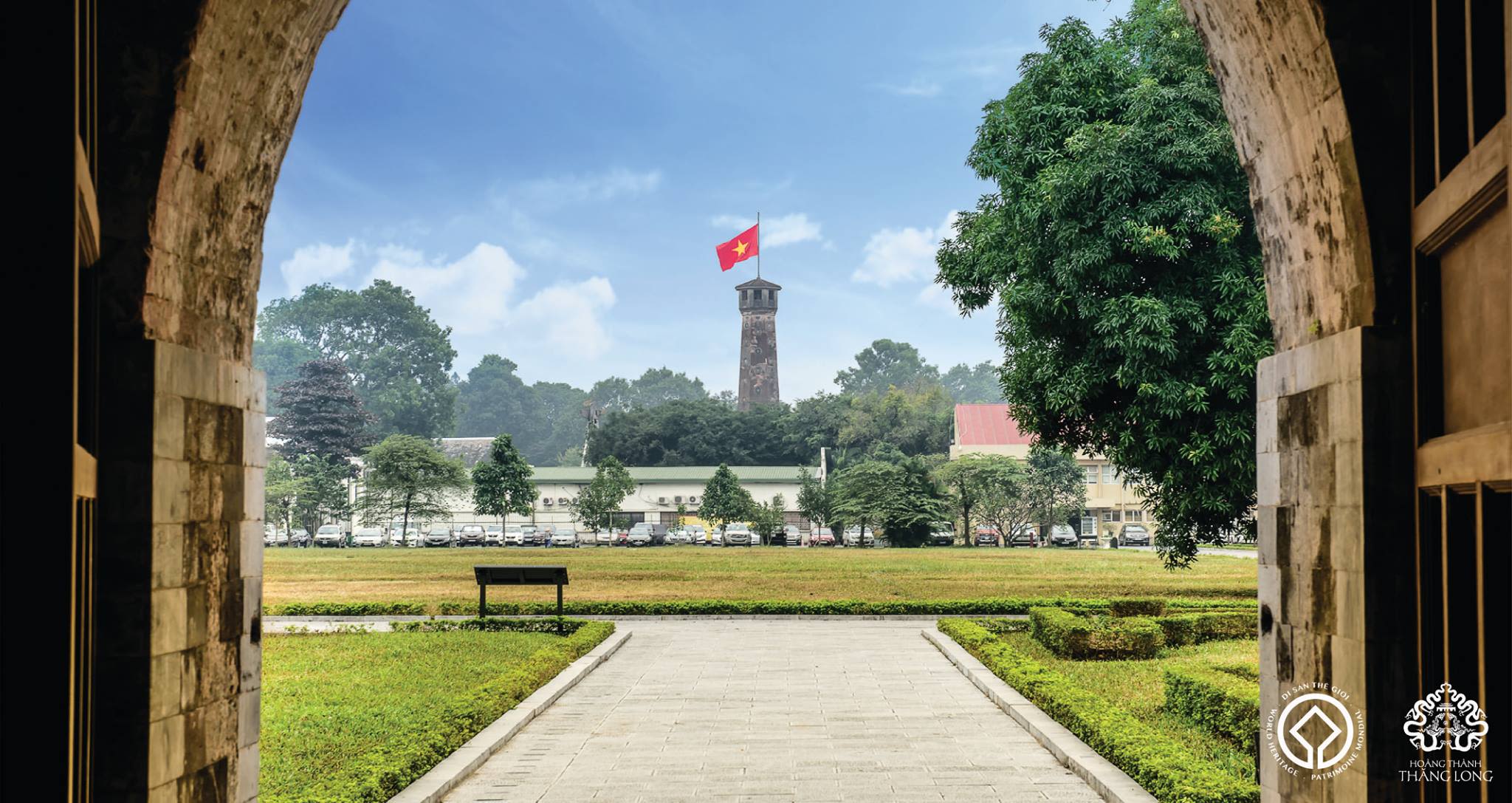
The flagpole is 33.4 meters high, consisting of three base levels and a column. The base levels are truncated square pyramids, gradually decreasing in size and stacked on top of each other, surrounded by brick cladding. The first level is 42.5 meters long on each side and 3.1 meters high, with two brick staircases leading up. The second level is 27 meters long on each side and 3.7 meters high, with four doors. Above each door are inscribed Chinese characters such as: "Nghênh Húc" (welcoming the morning light) on the east, "Hồi Quang" (reflected light) on the west, "Hướng Minh" (facing the light) on the south; the north door has no inscription. The third level is 12.8 meters long on each side and 5.1 meters high, with a staircase leading to the north. Above this level is the flagpole, 18.2 meters high; an octagonal cylinder that tapers towards the top, with each side of the base measuring approximately 2 meters.
Inside, there is a spiral staircase with 54 steps leading to the top, and 39 small rosette-shaped windows and 6 fan-shaped windows for light and ventilation. The top of the Flagpole is constructed as an octagonal pavilion, 3.3m high, with 8 windows corresponding to the 8 sides.
On October 10, 1954, after taking over the capital, the Vietnam People's Army solemnly held a flag-raising ceremony here under the command of Major General Vuong Thua Vu, Chairman of the Hanoi Military and Political Committee.
Currently, the Flag Tower is one of five historical sites located on the central axis of the Thang Long Imperial Citadel Central Area in Hanoi, and is a symbol of the capital city.
Source: https://special.nhandan.vn/ditichkydai/index.html







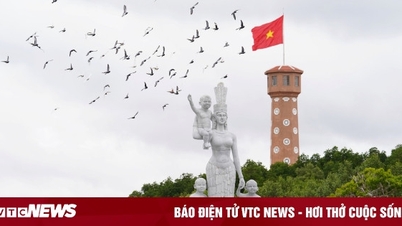

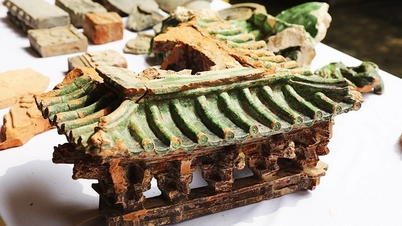







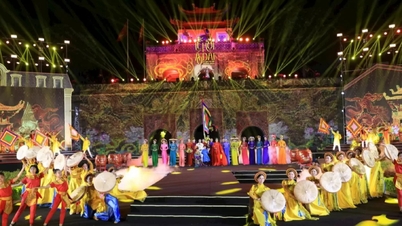

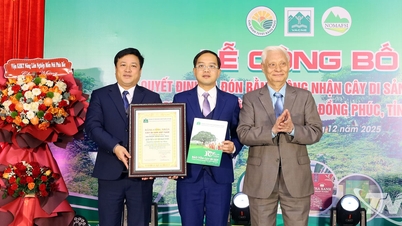



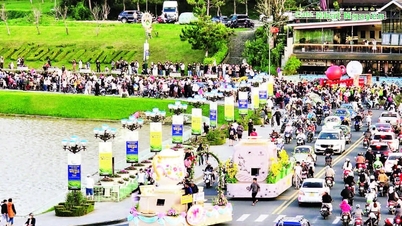

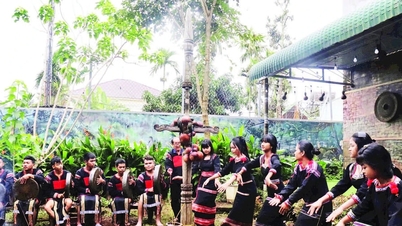
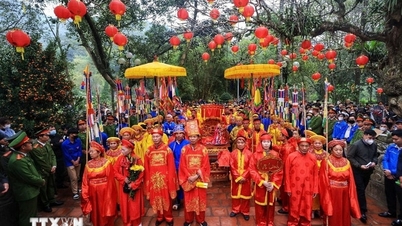








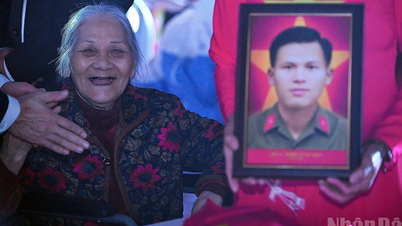
![[Video] Hue and Quang Ninh mark strong tourism growth](https://vphoto.vietnam.vn/thumb/402x226/vietnam/resource/IMAGE/2025/12/12/1765555481742_dung00-22-16-02still007-jpg.webp)
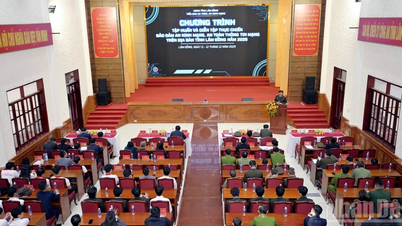
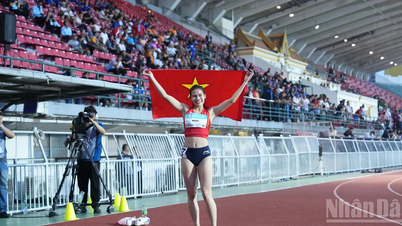
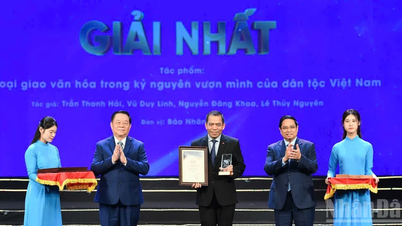









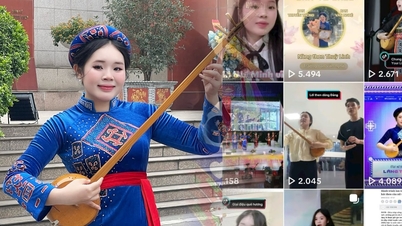


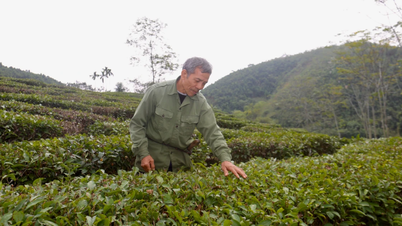




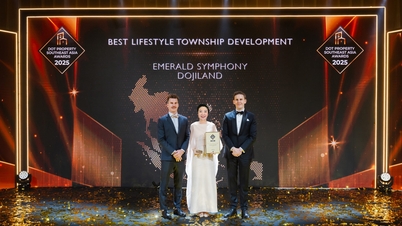
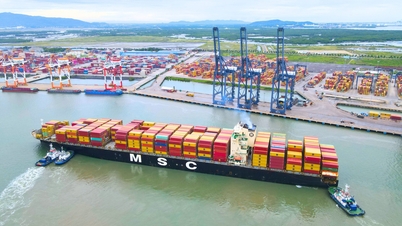














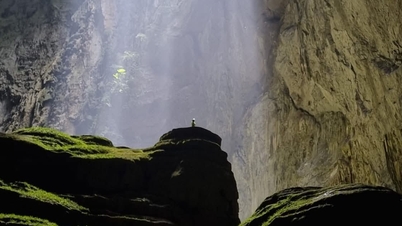





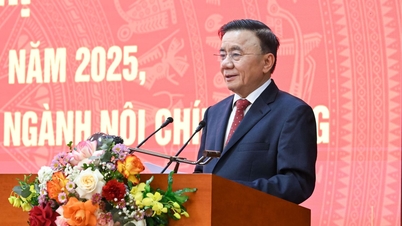




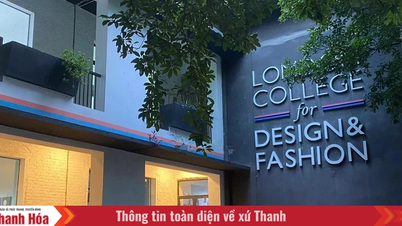

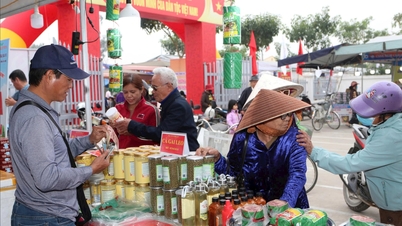
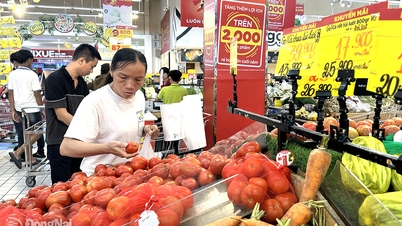



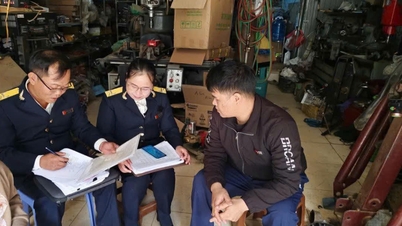










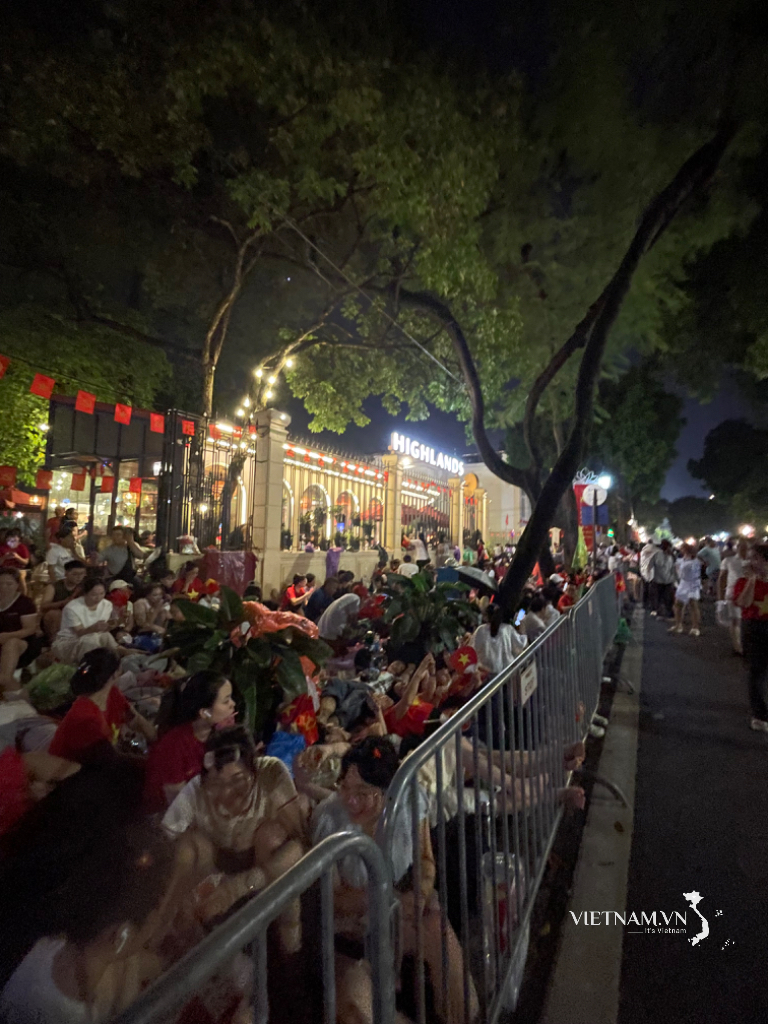



Comment (0)